When it comes to building strength, improving posture, or enhancing athletic performance, understanding the muscle groups in the upper body is essential. Whether you're a beginner in the gym or a seasoned lifter, having a clear picture of the major upper body muscles can help you train smarter and more effectively.
How Many Major Muscle Groups Are in the Upper Body?
The upper body consists of five major muscle groups, each responsible for different movements and functions. These include:
-
Chest (Pectorals)
-
Back (Latissimus Dorsi, Trapezius, Rhomboids, Erector Spinae)
-
Shoulders (Deltoids)
-
Arms (Biceps and Triceps)
-
Core (Abdominals and Obliques)
Each of these main upper body muscles plays a unique role in upper body mobility and strength.
A Closer Look at the Major Upper Body Muscle Groups
1. Chest (Pectoralis Major and Minor)
The chest muscles drive pushing movements. From bench presses to push-ups, the pectorals are central to pressing strength and contribute to upper body width and symmetry.
2. Back (Lats, Traps, Rhomboids, Spinal Erectors)
Your back is a complex area involving several muscles. The latissimus dorsi are responsible for pull-down and rowing actions. The trapezius and rhomboids support posture and scapular movement, while the erector spinae stabilizes the spine.
3. Shoulders (Deltoids)
Divided into anterior, lateral, and posterior heads, the deltoids control arm rotation and lifting. Strong shoulders improve overhead stability and overall aesthetics.
4. Arms (Biceps and Triceps)
Biceps brachii aid in elbow flexion and pulling, while triceps brachii are responsible for elbow extension and pushing. Both are vital for arm strength and balance.
5. Core (Abs and Obliques)
Though often associated with the midsection, the core is a foundational part of the upper body. It provides stability during most lifts and daily movements, linking the upper and lower body.
How I Learned the Importance of Balanced Upper Body Training
Early in my fitness journey, I focused too much on the "mirror muscles"—mainly chest and biceps. While I could bench a respectable weight, I started noticing shoulder tightness and poor posture. It wasn't until I incorporated balanced routines targeting all upper body muscle groups—especially the neglected traps, rhomboids, and triceps—that I saw true progress. Not only did my strength improve across all lifts, but I also moved better, stood taller, and avoided the injuries that plagued my earlier training years.
Final Thoughts
Training the major upper body muscle groups isn’t just about aesthetics—it’s about function, longevity, and performance. A strong upper body supports everything from everyday tasks to athletic feats. By understanding the main muscle groups in the upper body and training them with balance and intention, you’re setting yourself up for a body that not only looks strong but is strong.




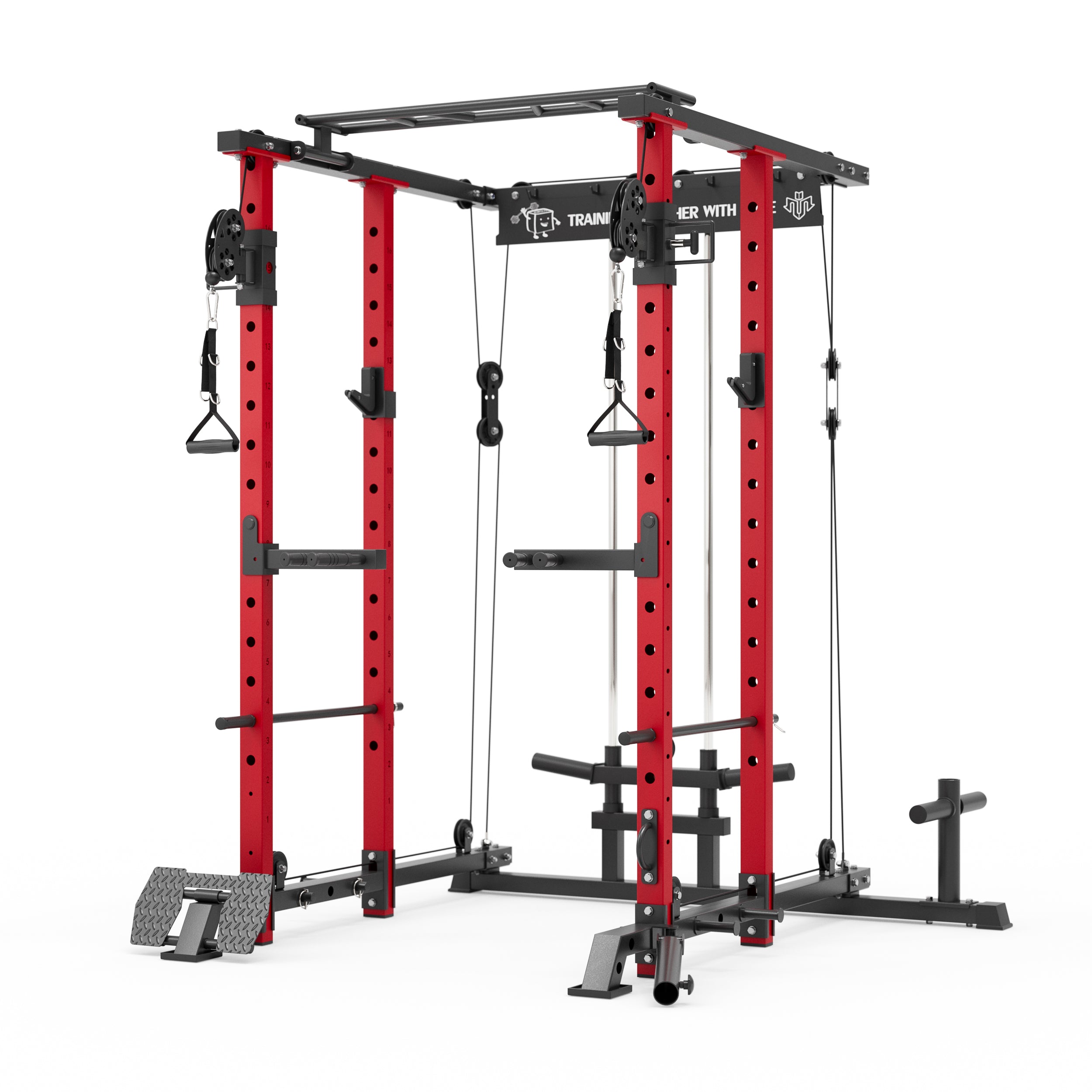


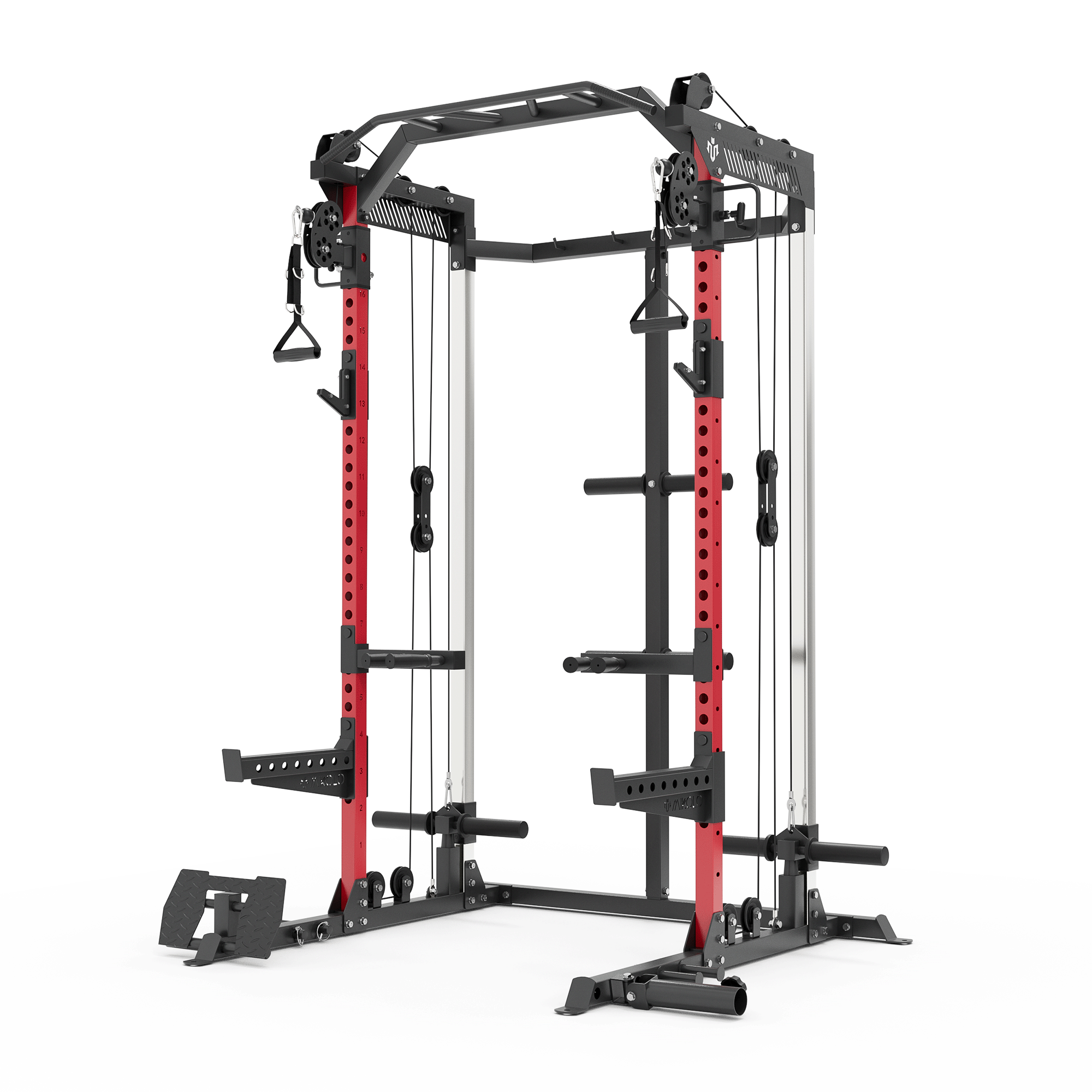



















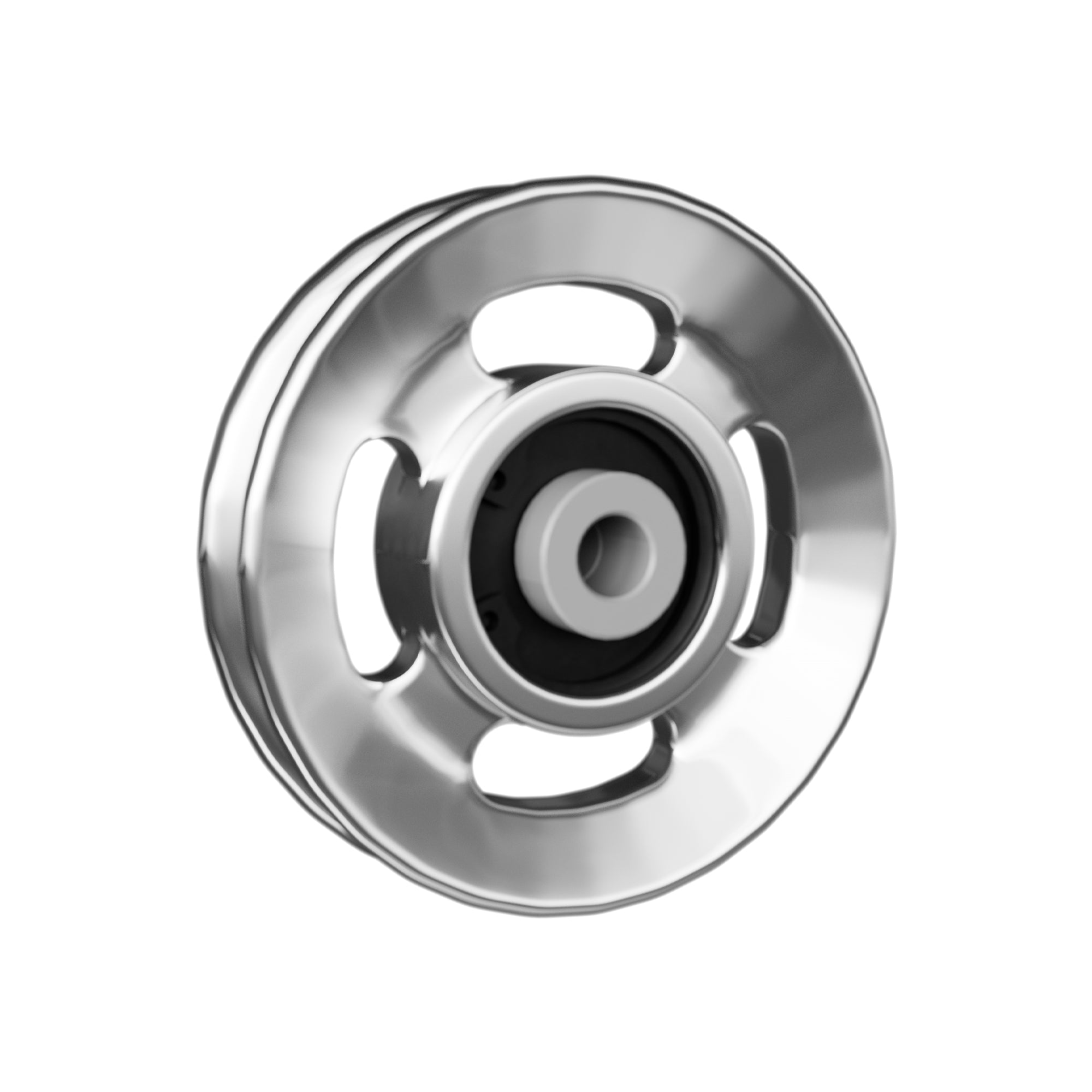



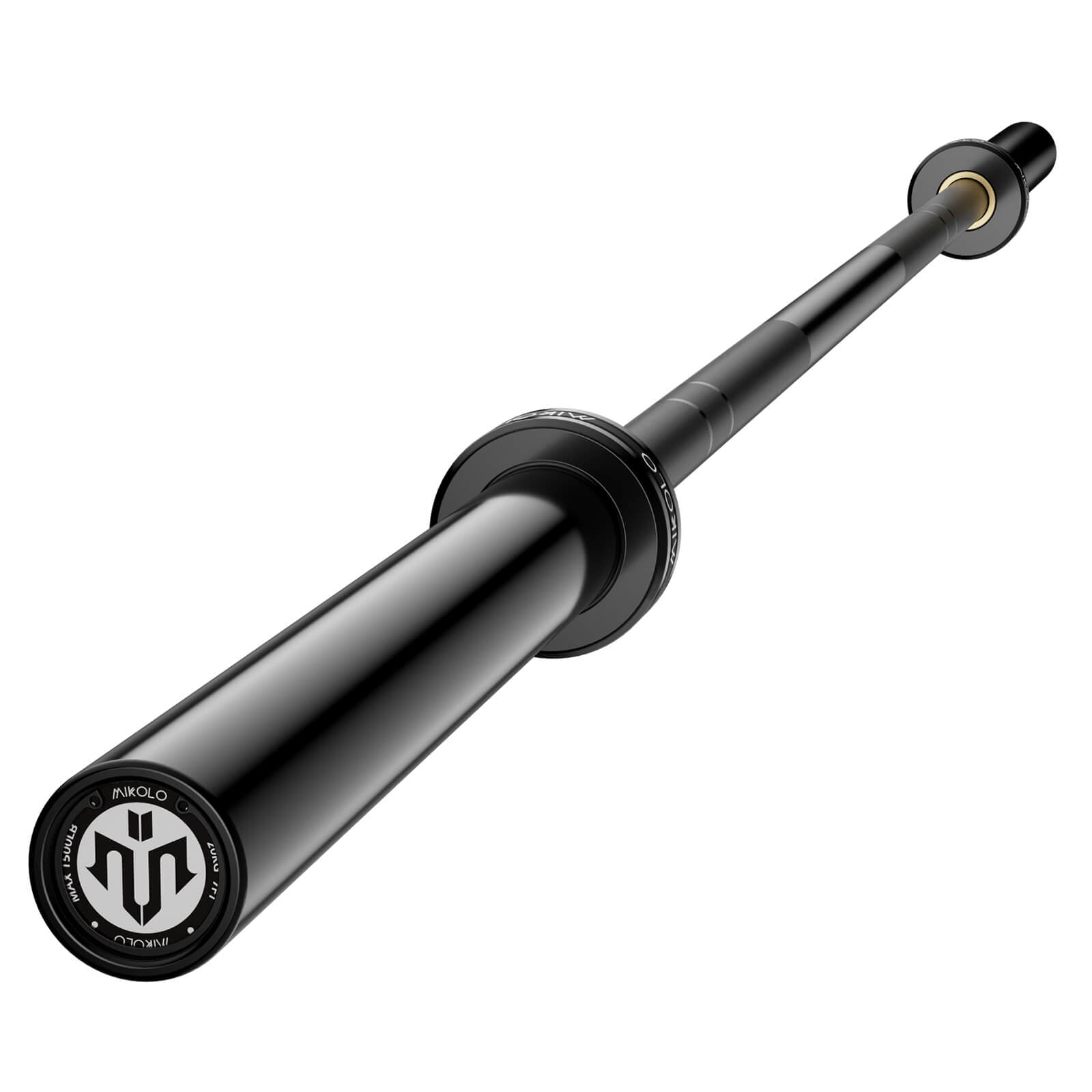
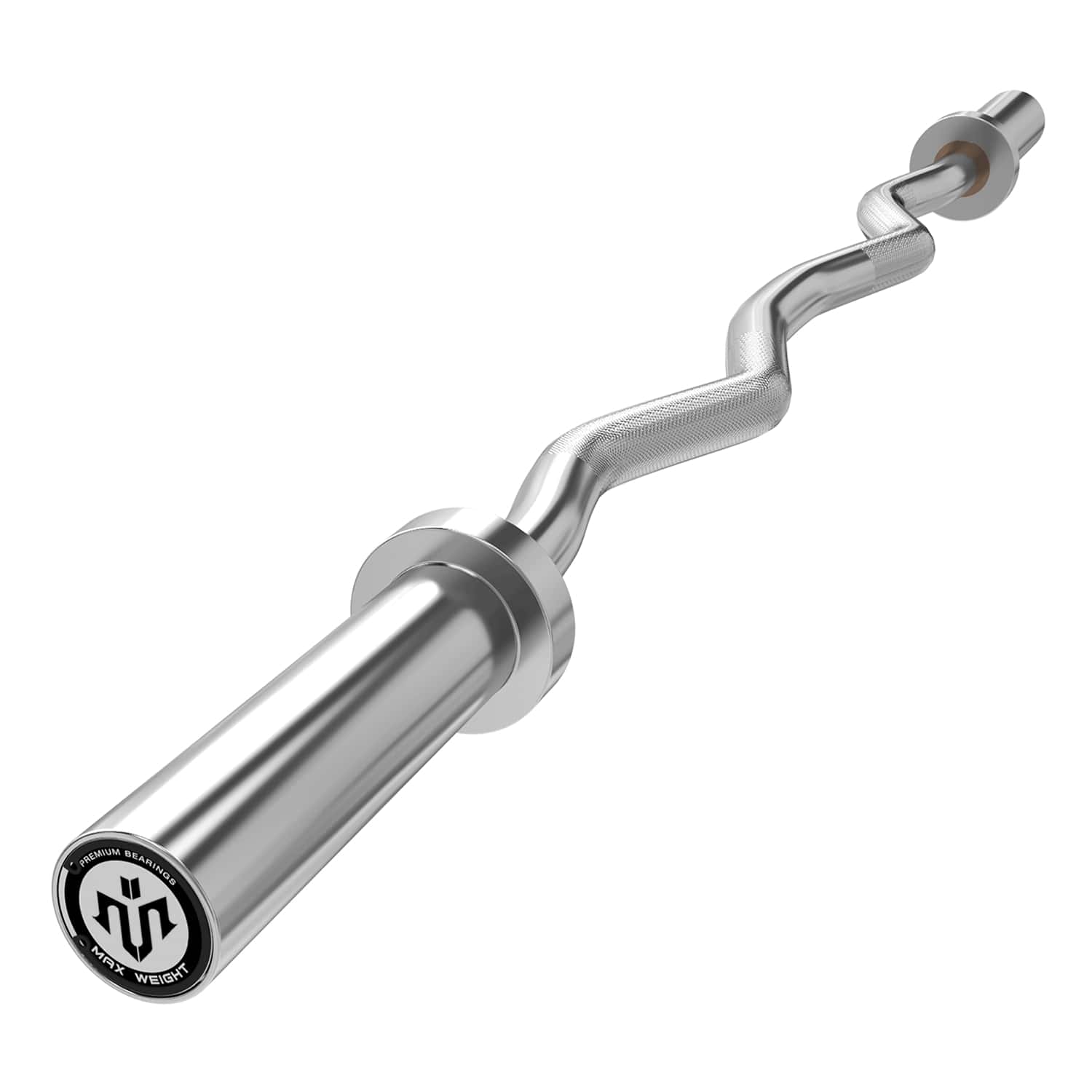







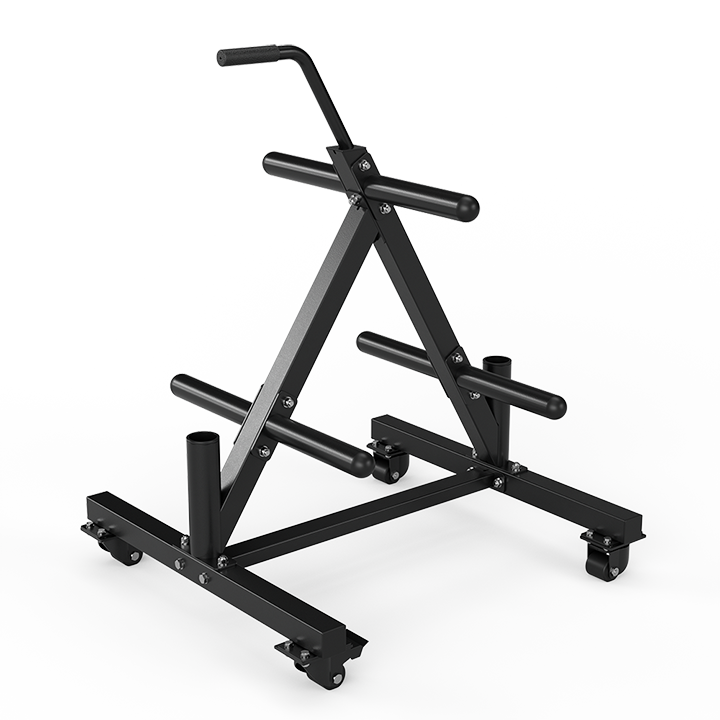





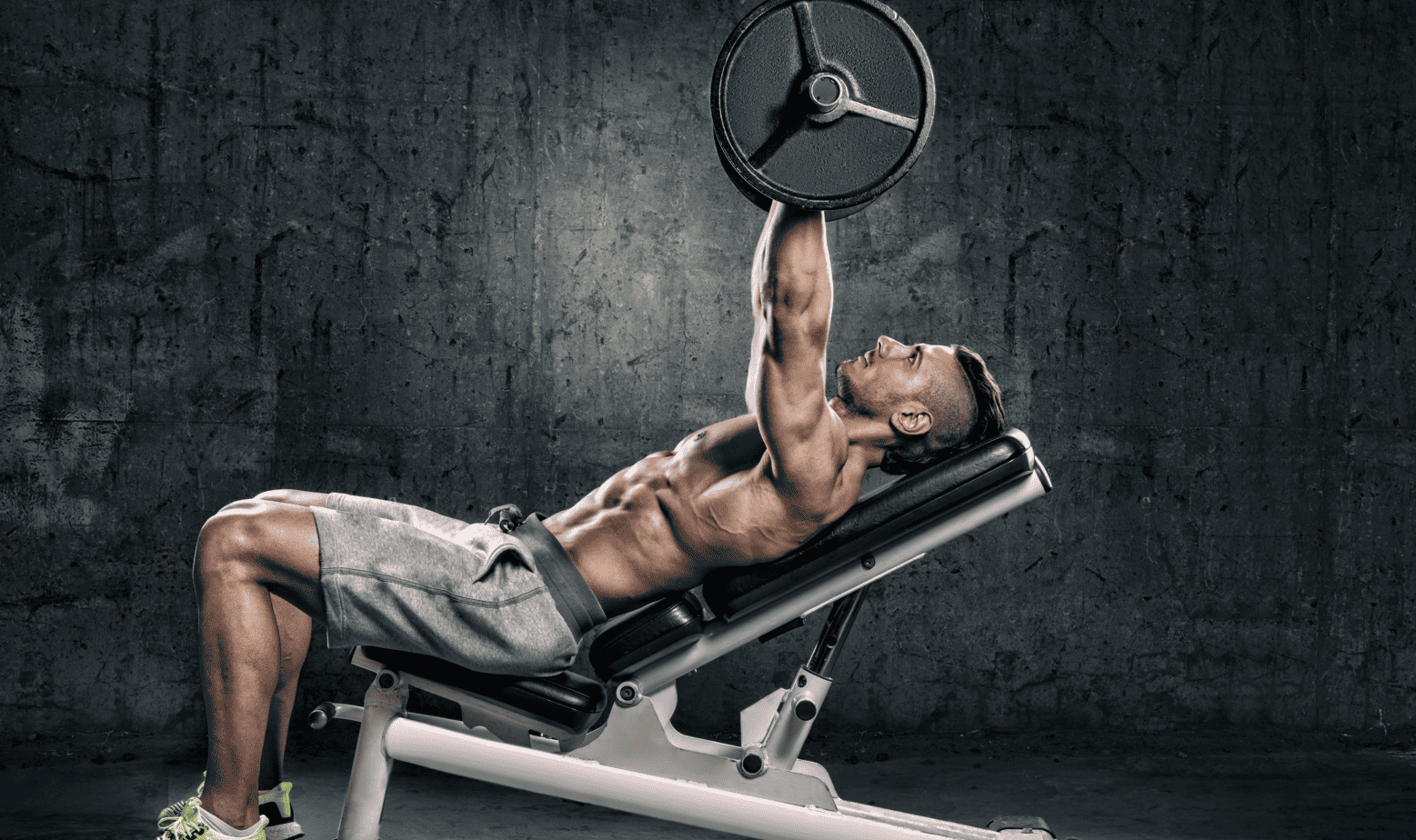
Leave a comment
This site is protected by hCaptcha and the hCaptcha Privacy Policy and Terms of Service apply.